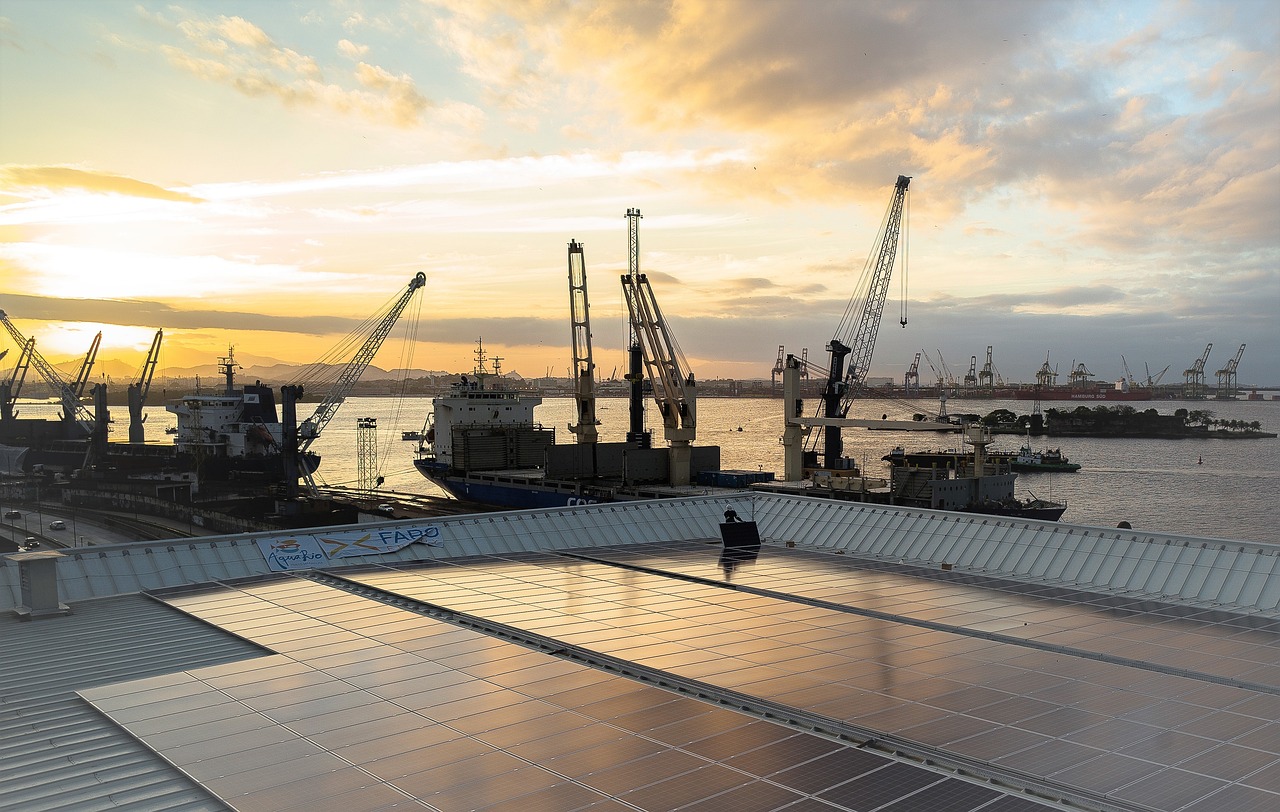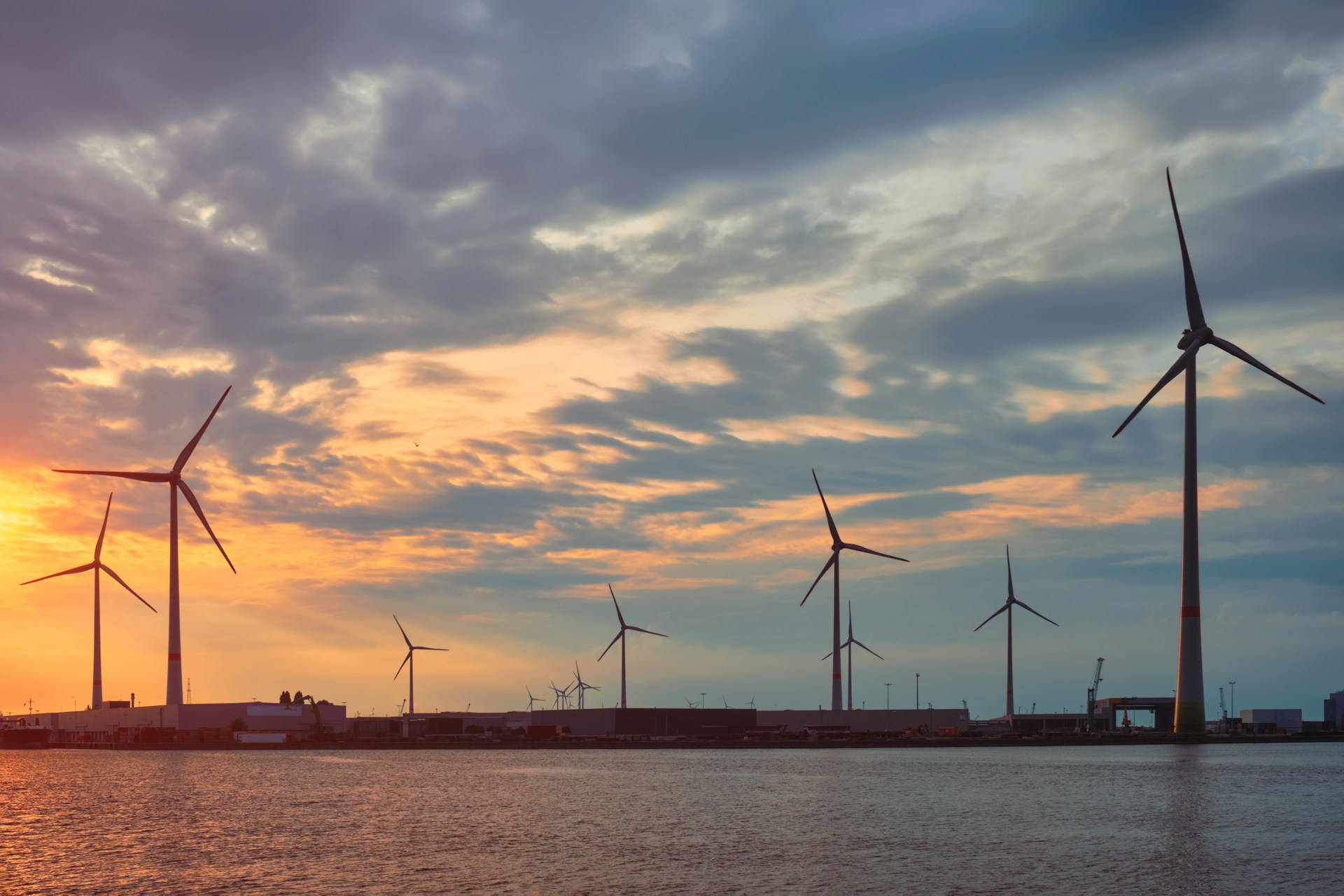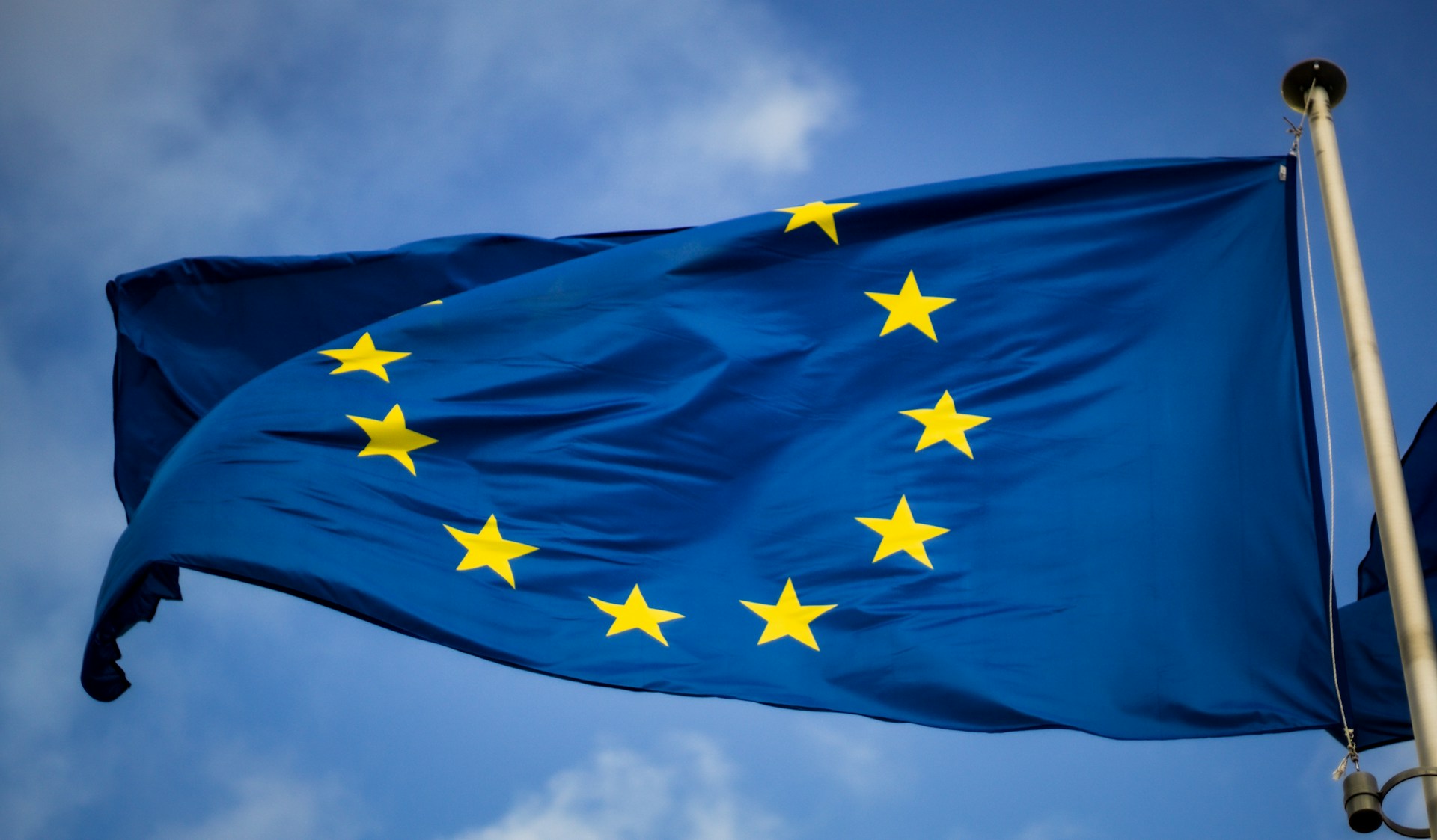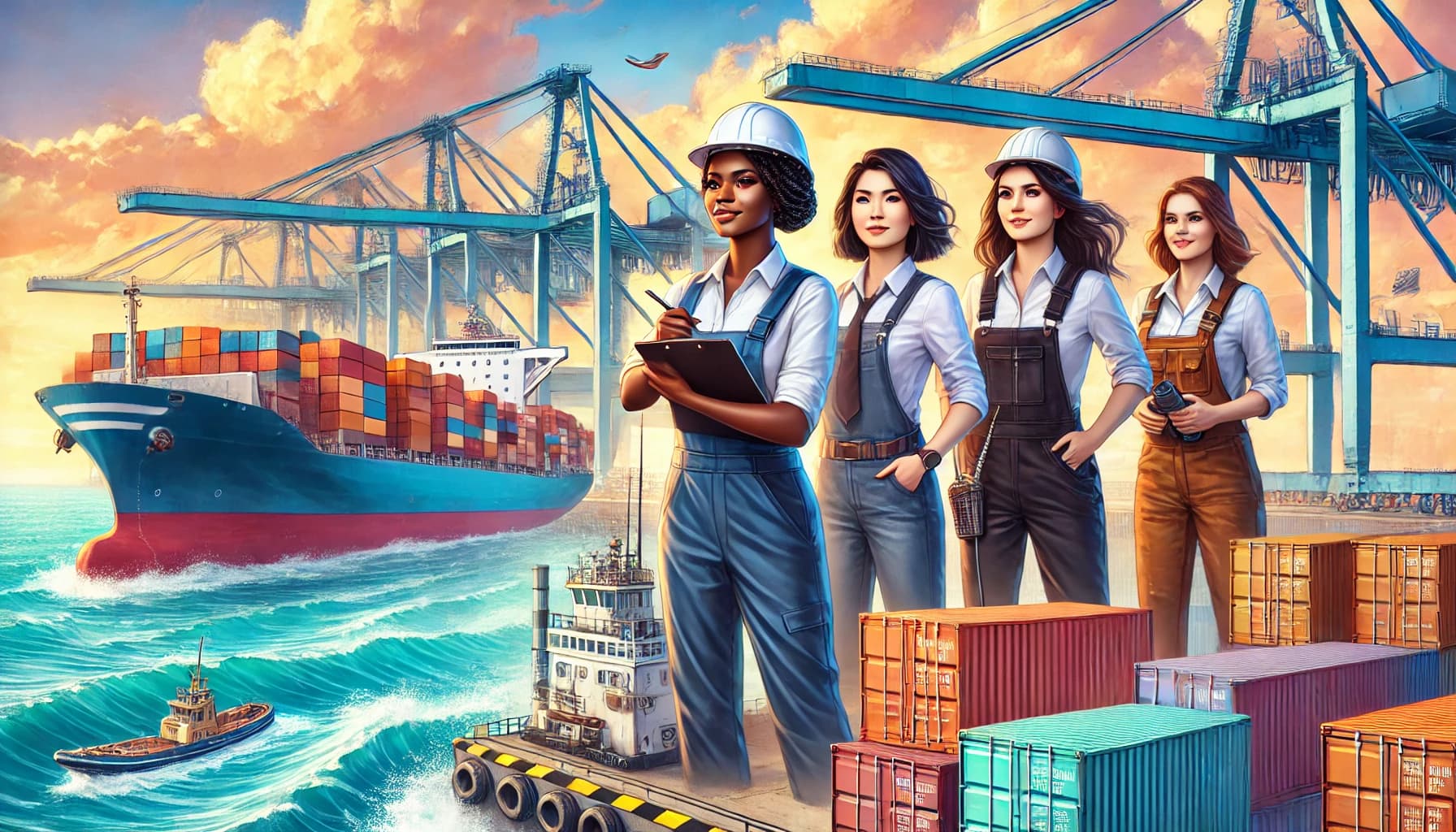It’s that time of the year again when European Maritime Day rolls around. Taking place in the Irish city of Cork from the 21st to the 23rd of May, this year’s EMD conference sees a number of workshops, talks and exhibitions taking place.
We’ve already written about the origins of European Maritime Day and the reasons for its existence, so this year we thought we’d take a slightly different approach, albeit one with a distinctly Euro-flavor!
The maritime industry is undergoing a profound transformation as sustainability becomes a core priority. In Europe, European Maritime Day serves as a pivotal platform for discussing innovations in green shipping, bringing together industry leaders, policymakers, and environmental organizations to shape the future of sustainable maritime practices.
As the EU pushes forward with its Green Deal and ambitious emissions reduction targets, the future of green shipping in Europe is defined by alternative fuels, emission reduction strategies, and eco-friendly port infrastructure.
The need for green shipping
Shipping is a major contributor to global carbon emissions, accounting for nearly 3% of worldwide CO₂ emissions. As trade volumes grow, the urgency to transition to low-carbon and zero-emission shipping is greater than ever.

European initiatives, such as the FuelEU Maritime Regulation and the EU Emissions Trading System (ETS) for shipping, aim to decarbonize maritime transport while promoting greener alternatives.
Alternative fuels leading the way
One of the key topics at European Maritime Day is the development and adoption of alternative fuels, which are crucial for achieving sustainability goals. Several low-emission and zero-emission fuel alternatives are being explored:
1. Liquefied Natural Gas (LNG)
LNG has been widely adopted as a transitional fuel, reducing sulfur oxide (SOx) and nitrogen oxide (NOx) emissions while offering a lower carbon footprintthan traditional marine fuels. However, concerns about methane slip - unburned methane escaping into the atmosphere - pose challenges for its long-term sustainability.
2. Biofuels
Derived from renewable sources such as waste oils, algae, and biomass, biofuels are gaining traction as a sustainable shipping fuel. Biofuels can be used in existing engines with minimal modifications, making them a cost-effective and immediate way to lower emissions.
3. Hydrogen and ammonia
Hydrogen and ammonia are emerging as zero-carbon fuel solutions. Hydrogen fuel cells generate electricity with only water as a byproduct, while ammonia - produced from green hydrogen - can be used in combustion engines with no CO₂ emissions. Investments in hydrogen-powered vessels and infrastructure are accelerating, with pilot projects across European ports.
4. Wind and solar-assisted propulsion
Harnessing wind and solar energy is making a resurgence in shipping. Innovations such as rotor sails, rigid sails, and photovoltaic panels are being integrated into ships to reduce fuel consumption and enhance energy efficiency.
Read more: 6 Ways to Be a Greener Shipping Company or Manning Agency
Emission reduction strategies in the maritime industry
In addition to the use of more eco-friendly fuels, technologies and strategies are also being developed to help lower emissions in the shipping and logistics industries.

1. Energy-efficient ship designs
Modern vessel designs focus on reducing hydrodynamic drag and optimizing energy use. Technologies such as air lubrication systems, hull modifications, and optimized propeller designs contribute to significant fuel savings and emission reductions.
2. Shore power integration
Ships typically burn fuel while docked, contributing to port emissions. Shore power technology (cold ironing) enables vessels to connect to onshore electricity grids, eliminating emissions while in port. Several European ports, including Rotterdam, Hamburg, and Oslo, are investing in shore power infrastructure to support cleaner shipping operations.
3. Digitalization and AI-driven efficiency
Artificial Intelligence (AI) and digital tools are playing a crucial role in optimizing shipping routes, reducing fuel consumption, and predicting maintenance needs. Advanced fleet management systems and real-time emissions monitoring enable more efficient operations and compliance with stringent environmental regulations.
Eco-friendly port infrastructure: greener hubs for shipping
Ports play a crucial role in the green transition of maritime transport. European ports are spearheading initiatives to reduce their carbon footprint and promote sustainable logistics.
1. Green port initiatives
Several European ports are adopting low-emission cargo handling equipment, electrified port vehicles, and renewable energy integration. Ports such as Stockholm, Valencia, and Antwerp are leading the way in sustainability efforts.

2. LNG and alternative fuel bunkering
To support the transition to greener fuels, ports are investing in LNG bunkering facilities and developing infrastructure for hydrogen and ammonia refueling. The expansion of multi-fuel refueling stations will be essential in ensuring widespread adoption of cleaner fuels.
3. Smart ports and digitalization
Automation and digital solutions are improving port efficiency and reducing congestion, leading to lower emissions. Smart ports leverage Internet of Things (IoT) sensors, blockchain technology, and real-time data analytics to enhance cargo handling and supply chain sustainability.
Read more:Everything You Need to Know About Smart Ports
The role of European Maritime Day in advancing green shipping
European Maritime Day serves as a collaborative forum where policymakers, shipowners, port authorities, and environmental experts discuss challenges and opportunities in the maritime industry. Key discussionsat the event may include:
- Policy implementation: Updates on EU maritime regulations and global emissions targets.
- Technological innovations: Showcasing breakthroughs in clean energy solutions for shipping.
- Investment strategies: Encouraging funding and financial incentives for green shipping initiatives.
- Industry best practices: Sharing successful case studies of sustainable maritime operations.
Looking ahead: a sustainable future for European shipping
The transition to green shipping in Europe is a complex but necessary evolution to meet environmental targets and ensure a climate-resilient maritime sector.

With ongoing advancements in alternative fuels, emission reduction technologies, and eco-friendly port initiatives, the European shipping industry is leading the charge toward a sustainable future.
Read more: How to Ensure Your Shipping Company is More Sustainable
As the industry gathers each year for European Maritime Day, the exchange of ideas and solutions will continue to shape the policies and technologies driving the next generation of clean and efficient maritime transport.
The journey toward zero-emission shipping is already underway, and Europe is setting the course for a greener, more sustainable maritime industry.

Eve Church
Eve is Martide's content writer, publishing regular posts on everything from our maritime recruitment and crew planning software to life at sea. Eve has been writing professionally for more than two decades, crafting everything from SEO-focused blog posts and website landing pages to magazine articles and corporate whitepapers.
UK




